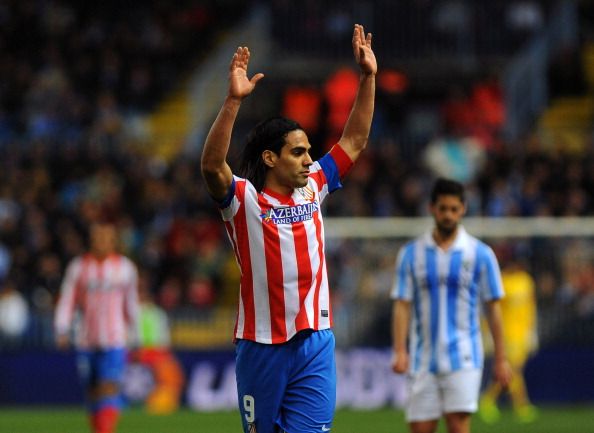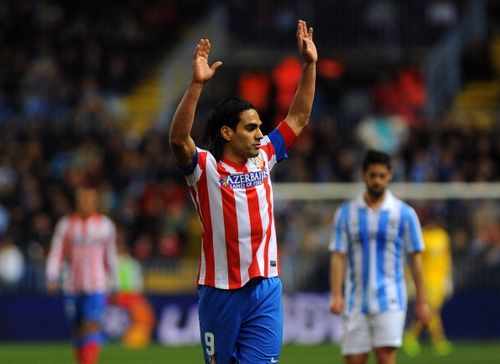
How does the transfer system work? A Transfer window guide
This article is targeted specifically to those who have started to follow the game passionately from only recently, to those who get excited or fearful in equal measure when a transfer rumor is within earshot; and to those who are totally confused about how the transfer system in football works. In case the reader is one who knows the system, I only advice you to verify whether my understanding of the system is right or not.
The inspiration for writing this transfer guide came from a friend of mine, who believed that Radamel Falcao was heading to Chelsea all along, but was shocked to see the name of A S Monaco, having never even heard of the club’s name before! So, what took him by surprise? Wasn’t it Chelsea who were leading the race, with the lure of money and trophies in equal proportions? Where did A S Monaco come from?
(Henceforth, the usage of the word ‘transfer’ will mean a permanent move. I will not cover loan moves for now)

Initiating a transfer
So what initiates a transfer? Here, we see two paths of action – the player requests for a transfer for various reasons, or another club bids (we can assume a third path as well, if we consider the move of a player released out of contract as a transfer). The second option here can again branch into two paths – a bidder matching the player’s release clause, or lodging a suitable bid in normal circumstances.
The process of buying a player involves a series of actions. Initially, one needs to understand that when a player plays for a club, he is contracted to the club. In other words, he is paid to serve the club for a stipulated period (a fixed number of years, subject to renegotiation), following the expiry of which he is free to follow his own path. Depending on factors like age, skill etc., wages are fixed in a player’s contract.
Thus, as long as a player stays contracted to a particular club, he is owned by them. Sometimes third parties may be involved, staking their claim of ownership of the player. Again, the share of ownership may vary depending upon the agreement between the third party and the club. Classic examples of third party ownership include the likes of Carlos Tevez, Radamel Falcao, Javier Mascherano etc. (all in the past). As long as no third party is involved, the player is completely owned by the club.
Similar to real world circumstances, when somebody owns something and you want it, the obvious way to get it would be to pay them. Simple enough. Similarly, when a club wants a player of some other club to play for them, they naturally approach the club to negotiate a fee. The fee is usually paid to the player’s current club (called as ‘parent club’) to cancel his contract with them.
So, one can think of a transfer fee as money paid in order to free a player from his current parent club’s contractual clutches. The fee paid is dependent on various factors like the player’s form, age, the number of years left on his contract or his current role and stature in the team. All these factors come into play when a club decides the valuation of their player.
Agreement between bidding club and parent club
The next course of action lies with the bidder. The bidding club and the parent club need to reach an agreement on the player’s transfer fee. These negotiations may take anywhere between a few hours to many weeks! Sometimes a player is thrown into the mix as well. This is called as a ‘cash plus player’ deal. That is, the bidding club offers one of their players (or a couple more), and money in exchange for another.
The negotiations finish in either an agreement or non-agreement of conditions proposed by both sides. A non-agreement is usually referred to as a ‘failed bid’, an agreement is referred to as a ‘successful bid’. The payment may either be instantaneous, or in an agreed schedule, again subject to agreement.